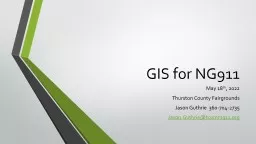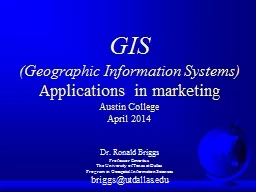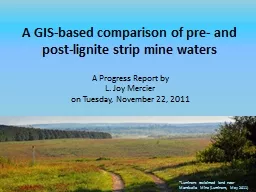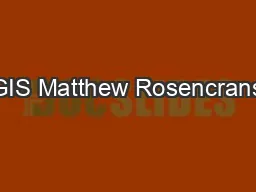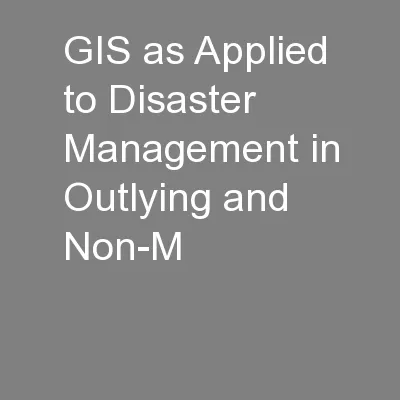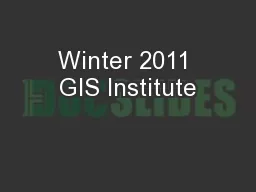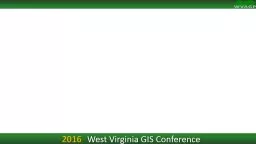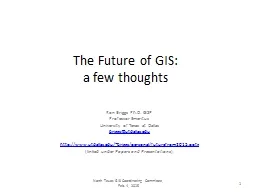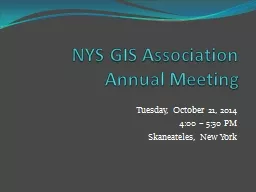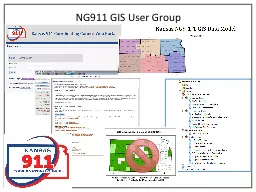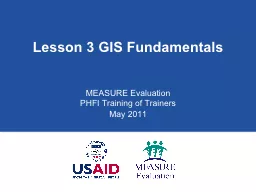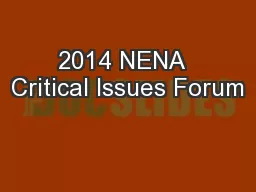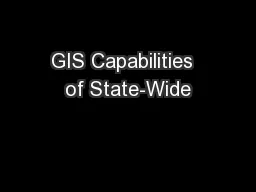PPT-GIS for NG911 May 18 th , 2022
Author : Dollface | Published Date : 2022-08-04
Thurston County Fairgrounds Jason Guthrie 3607042735 JasonGuthrietcomm911org Basics 911 Call Where in the world Send responders 911 Call ANI Coordinates ECRF Spatial
Presentation Embed Code
Download Presentation
Download Presentation The PPT/PDF document "GIS for NG911 May 18 th , 2022" is the property of its rightful owner. Permission is granted to download and print the materials on this website for personal, non-commercial use only, and to display it on your personal computer provided you do not modify the materials and that you retain all copyright notices contained in the materials. By downloading content from our website, you accept the terms of this agreement.
GIS for NG911 May 18 th , 2022: Transcript
Download Rules Of Document
"GIS for NG911 May 18 th , 2022"The content belongs to its owner. You may download and print it for personal use, without modification, and keep all copyright notices. By downloading, you agree to these terms.
Related Documents

